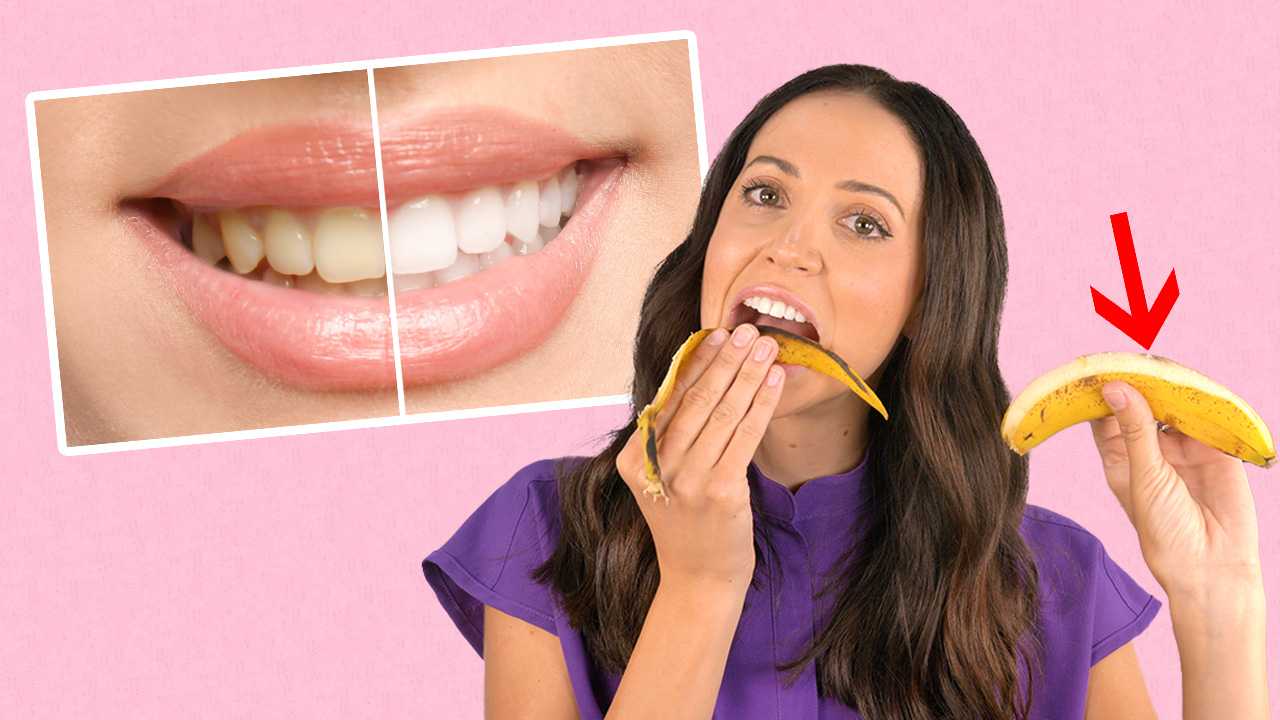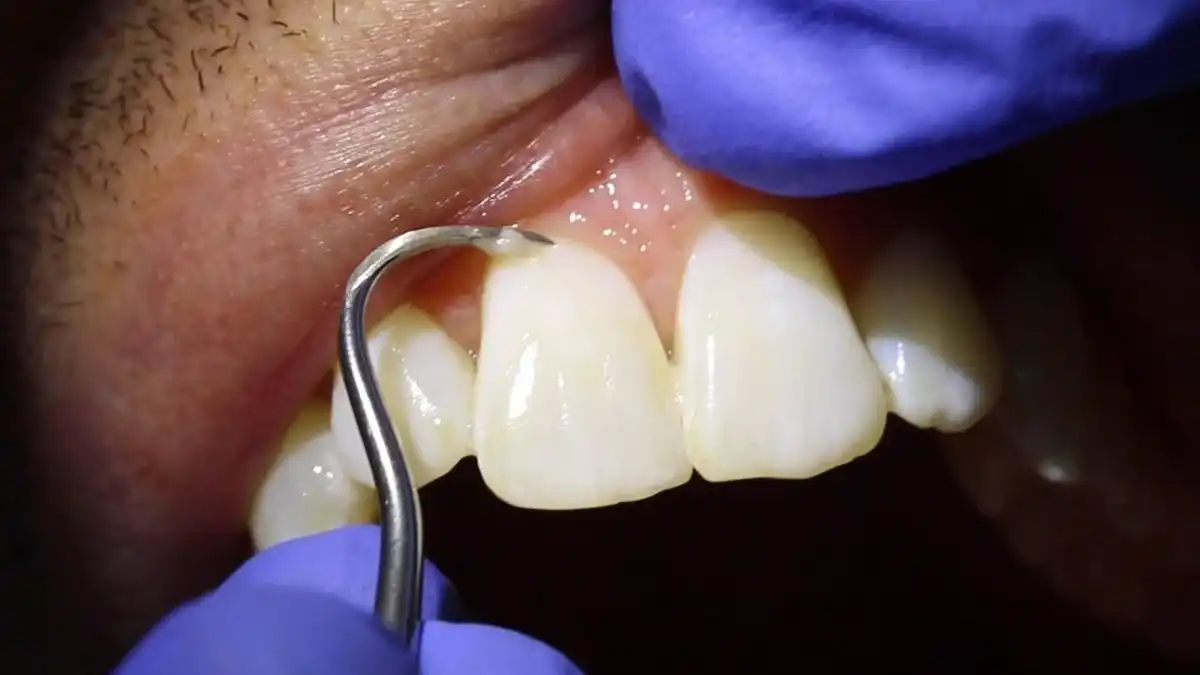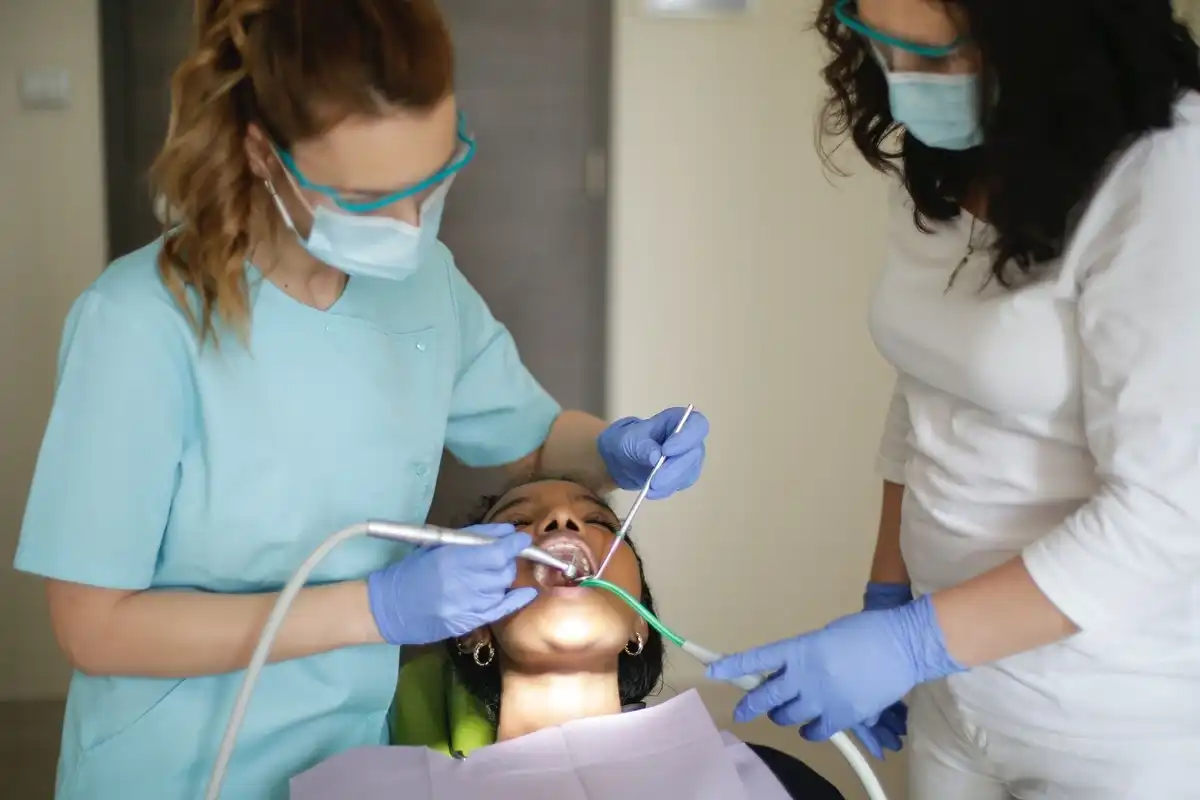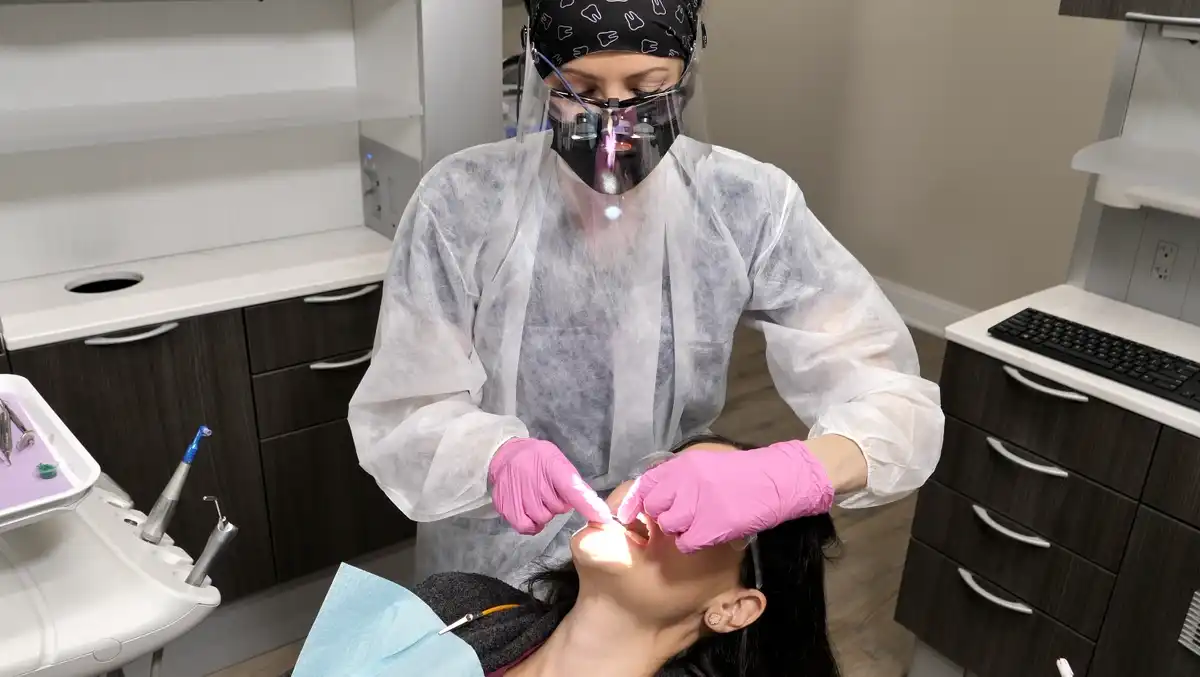Understanding Dental Myths and Facts


In today’s digital age, misinformation about dental health spreads quickly online, often leading to harmful practices and unfounded fears. Let’s address some common misconceptions and provide you with accurate information to maintain your oral health effectively.
Fluoride Toothpaste Controversy
There are many misconceptions and myths about fluoride circulating on social media, and the number one myth is that fluoride is toxic. Here’s the thing: fluoride can be toxic, but so can everything, even oxygen, if the level is too high. The toxicity is in the dose. The amount of fluoride in toothpaste is far below toxic levels. For instance, a child would need to ingest a significant amount of toothpaste to reach toxic levels, and toothpaste is meant to be spit out, not swallowed. Everyday products are safe when used as directed, and fluoride toothpaste is no different. Fluoride naturally occurs in the earth and is found in many foods and drinks we consume daily. The amount of fluoride you might accidentally swallow from toothpaste is minuscule compared to the amount in a cup of coffee or tea. The claims that fluoride toothpaste is toxic are often driven by misinformation or financial motives from those selling non-fluoride products. It's essential to rely on credible sources and evidence-based research when evaluating such claims. Fluoride in toothpaste is endorsed by health organizations worldwide for its benefits in preventing tooth decay and strengthening enamel.
For more information, watch this video:
Fluoride vs Nano-Hydroxyapatite Toothpaste
Fluoride and nano-hydroxyapatite are both used to prevent cavities and strengthen tooth enamel, offering anti-sensitivity benefits. Nano-hydroxyapatite is similar to the natural building blocks of our teeth and can remineralize enamel. However, there's more research supporting fluoride's benefits in cavity prevention. When fluoride binds with tooth enamel, it forms fluorapatite, a structure more resistant to acids and tooth decay than hydroxyapatite. Fluorapatite remains stable until the pH drops to 4.5, while hydroxyapatite dissolves at a pH of 5.5. This means fluoride toothpaste makes teeth more resistant to decay in acidic environments. For cavity-prone patients, fluoride toothpaste is recommended and approved by the American Dental Association (ADA).
Nano-hydroxyapatite, though promising and similar in composition to natural tooth enamel, is not ADA-approved. Despite being marketed as a "natural" alternative, it is synthetically made in a lab, just like fluoride in toothpaste. Fluoride has been extensively studied for over 90 years, and its benefits are endorsed by the ADA, World Health Organization (WHO), and Centers for Disease Control and Prevention (CDC). Nano-hydroxyapatite, on the other hand, lacks the extensive research and endorsement from reputable health organizations.
For more information, watch these videos:
Fluoride in Water
Misinformation about fluoride being toxic is widespread, but it's crucial to understand the facts. Fluoride is either added or removed to community water supplies to reach an optimal level of 0.7 milligrams per liter, effectively reducing tooth decay and cavities. This practice is one of the top public health achievements, preventing 25% of tooth decay in children and adults. Extensive research over 75 years has shown that fluoride at these levels is safe and effective. Toxicity is dose-dependent; to reach a toxic level from drinking fluoridated water, a person would need to consume an impossible amount (~120 gallons of water) in one sitting. Fluoride in water is akin to other public health fortifications like vitamin D in milk or iodine in salt, aimed at improving overall health.
For more information, watch this video:
Is Fluoride Bad?
Fluoride is often misunderstood, leading some people to avoid it due to misinformation. Firstly, fluoride is not toxic at the levels found in dental products or fluoridated water. It would take an impossible amount of fluoride, like consuming 4-7 tubes of toothpaste or drinking 120 gallons of water in one sitting, to reach toxicity. Secondly, extensive research has shown no link between fluoride and cancer. Studies demonstrating a correlation between fluoride and low IQ scores have significant limitations and do not establish causation. Thirdly, fluoride does not cause teeth to turn yellow. Instead, it strengthens enamel, making teeth more resistant to decay. Finally, dental fluorosis, often caused by excessive fluoride during childhood, is usually a cosmetic issue and can make teeth more resistant to decay. The benefits of fluoride in preventing tooth decay and strengthening enamel are supported by numerous health organizations globally, including the WHO, CDC, and ADA. Misinformation about fluoride often arises from misunderstandings and the rapid spread of unverified claims online. To ensure you're informed, always check credible sources and the scientific validity of the information you encounter.
For more information, watch this video:
Common Dental Myths
Fluoride is toxic, root canals are deadly, and lemons whiten teeth—these myths are harmful. Let's clear things up. Here are the facts:
Fluoride: Claims of toxicity are exaggerated. Fluoride is safe and prevents tooth decay when used in regulated amounts. High doses are harmful, but everyday exposure is beneficial.
Root Canals: They remove infection, not cause it. The myth that they spread toxins lacks scientific evidence. Root canals save teeth and prevent further issues.
DIY Teeth Whitening: Lemon juice is acidic and erodes enamel, leading to cavities. Charcoal is abrasive and can wear down enamel, exposing yellow dentin. Many “DIY” whitening methods can cause irreversible damage.
For more information, watch this video:
Root Canal Myths
Common myths:
Root canals trap toxins: This myth suggests root canals seal in harmful toxins, causing systemic health issues. In reality, the procedure removes infected tissue, disinfects the area, and seals it to prevent further infection.
Root canal treatment is painful: The pain you feel is from the infection, not the treatment. Modern anesthetics ensure the procedure itself is virtually painless, helping to eliminate pain by removing the infection.
If your tooth doesn't hurt, you don’t need a root canal: A tooth might need a root canal even without pain. Early intervention can prevent future discomfort and complications. Sometimes, a nerve might be dead, reducing pain but still requiring treatment.
Extractions are better than root canals: Keeping your natural teeth is often the best choice. Root canals are successful and long-lasting, whereas extractions and replacements can be more costly and impact surrounding teeth.
Root canals cause cancer: This false claim comes from outdated research. Modern studies show no link between root canals and cancer, and some research even suggests a LOWER cancer risk for those with multiple root canal treatments.
For more information, watch this video:
Oil Pulling
While some small studies suggest that oil pulling might help reduce bacteria or freshen breath, there is currently no strong scientific evidence showing that oil pulling can prevent cavities or gum disease the way brushing and flossing can. So, can oil pulling be used in addition to brushing and flossing? Sure. But can it replace them? No.
That’s where the difference between anecdotal and evidence-based information comes in. Just because something “worked” for one person doesn’t mean it’s proven to work for everyone. Anecdotal claims are based on personal stories, while evidence-based recommendations are backed by well-designed research that consistently shows results across many people. In healthcare—including dentistry—decisions are based on peer-reviewed studies and scientific evidence, not viral social media comments. That’s why brushing twice a day and flossing once a day remain the gold standard for maintaining oral health, regardless of trending alternatives.
For more information, watch this video:
Dental X-Rays & Misinformation
Many people avoid dental X-rays due to fears about radiation exposure, but this is often based on misinformation. The amount of radiation from dental X-rays is extremely low, especially when compared to everyday sources like natural background radiation from the earth. The benefits of dental X-rays, such as detecting hidden issues early, far outweigh the minimal risk, helping to maintain good oral health and prevent more serious problems.
Financial and Comfort Concerns
Sometimes patients decline dental X-rays not because of radiation concerns, but due to financial reasons or discomfort. It's important for dental professionals to reassure patients by explaining how early detection through X-rays can prevent costly treatments in the future. Additionally, clear communication about the procedure can help alleviate discomfort and make the experience more manageable for the patient.
For more information, watch these videos:
Conclusion
In the age of social media, misinformation about dental health can spread rapidly. Always consult credible sources and seek advice from your dentist or dental hygienist for accurate information. Maintaining good oral health is crucial, and relying on scientific evidence ensures you make informed decisions.
By understanding these myths and the facts behind them, you can make informed decisions about your dental health. If you have any concerns, consult your dentist or dental hygienist to get advice tailored to your specific needs.

Make your inbox smile!
Subscribe





